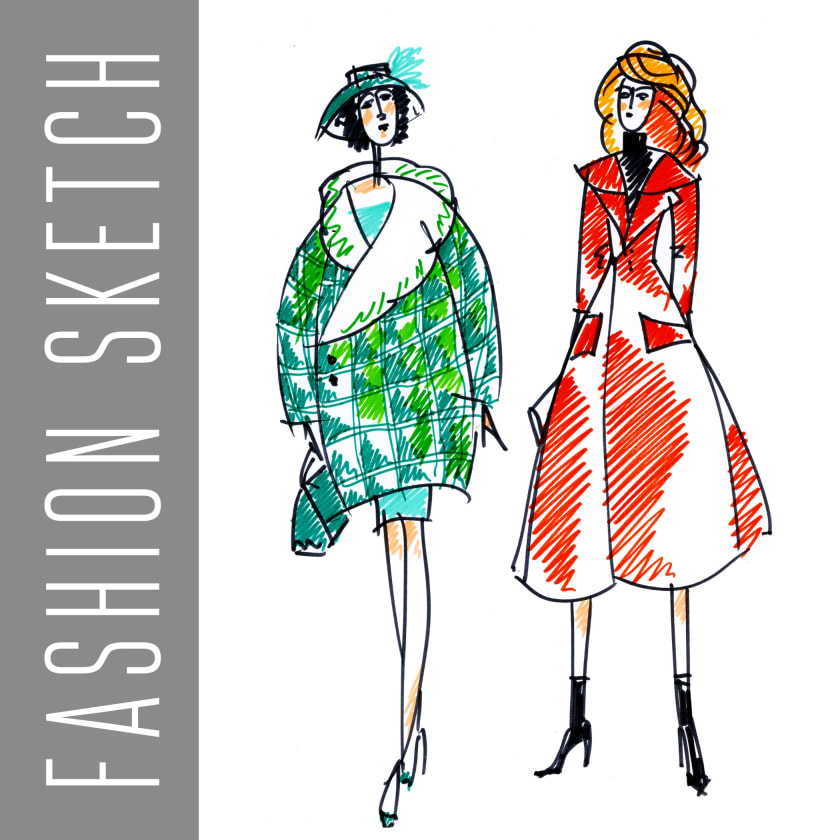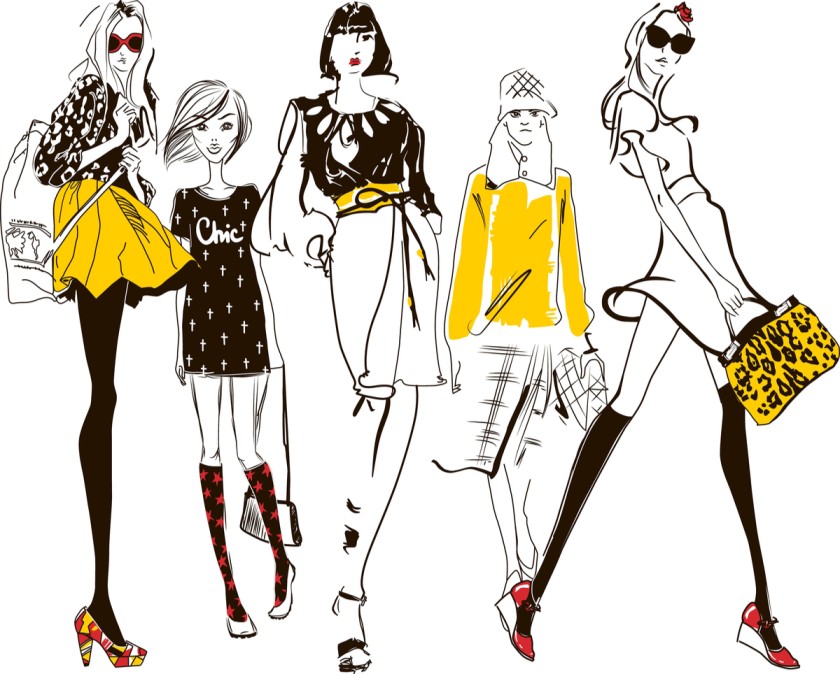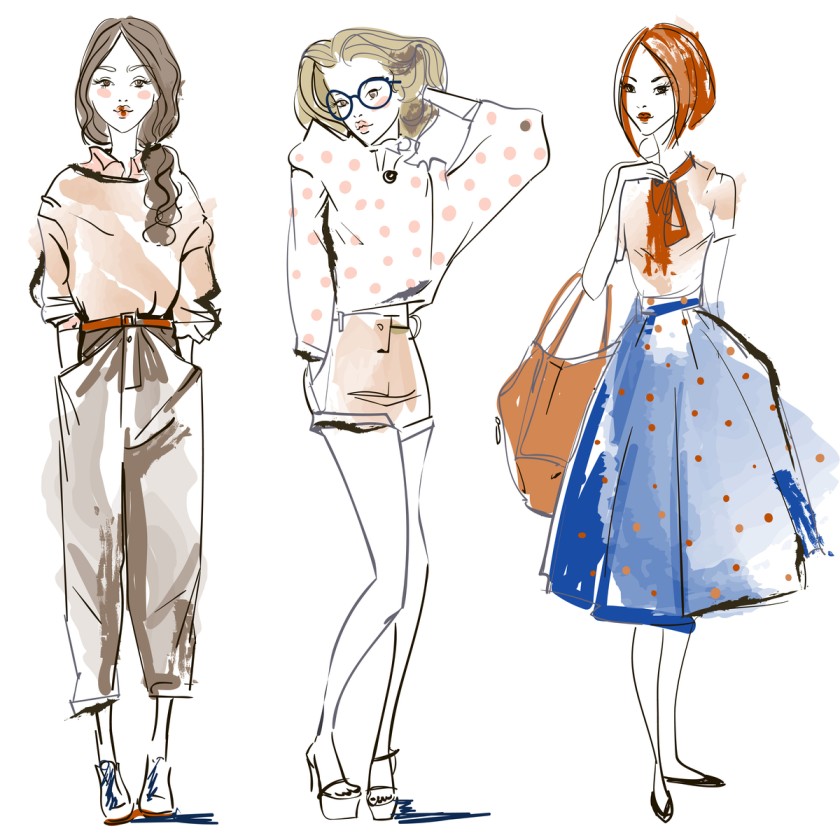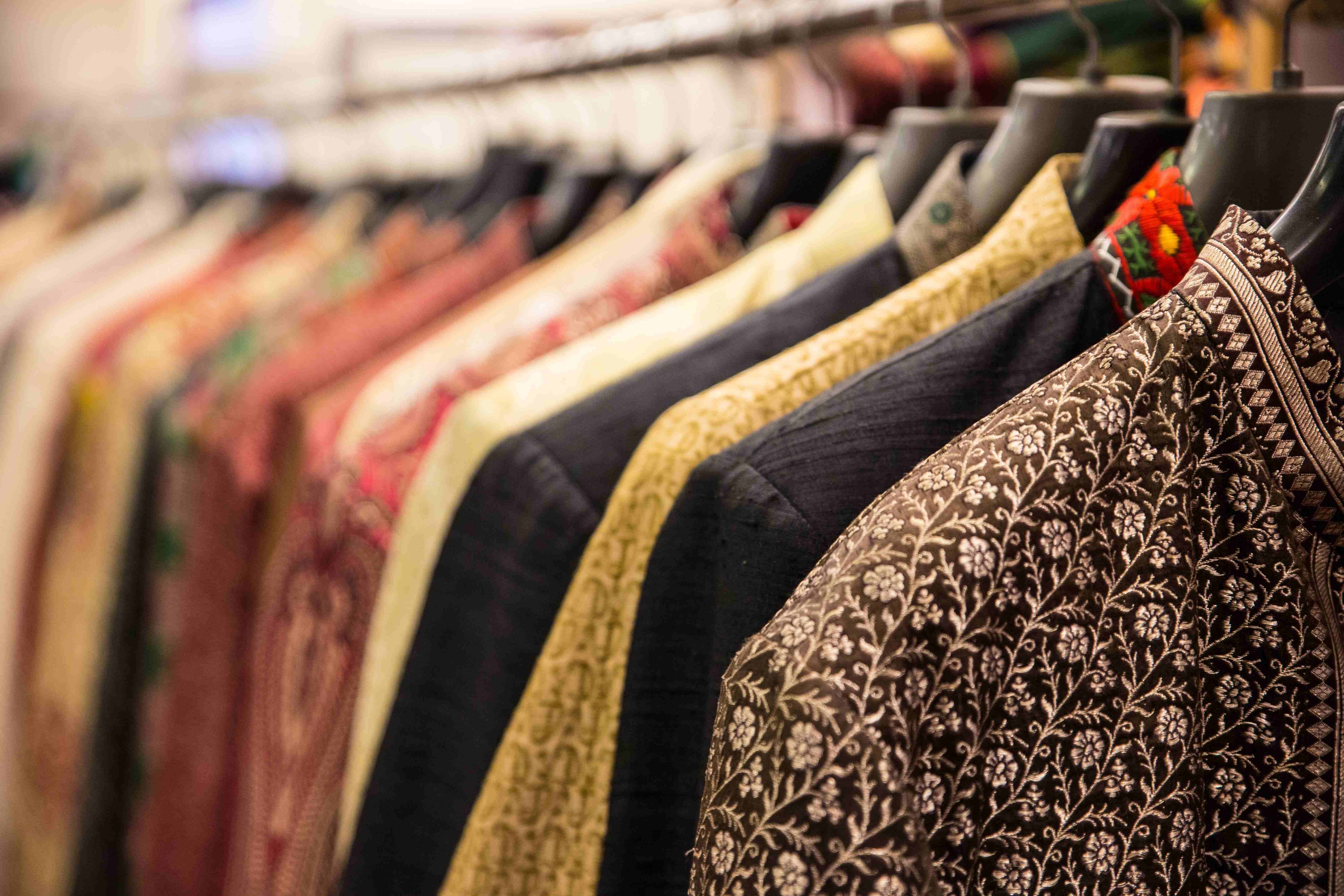An Advanced Guide To Fashion Illustration



The Need for Fashion Illustration
Fashion illustration has continued to exist since before the success of photography and its entry into the fashion industry. It was the sole method to convey the ideas designers had in their minds. While photography helps with the realism of an idea, fashion illustration still remains a poetic way to convey an idea. Playing with different paints and colors to denote different fabrics and their feel and look can be achieved easily with illustrations. It leaves room for alterations and offers more scope for experimentation.
Benefits of a carefully crafted fashion illustration
Any fashion statement or final product begins as a fashion illustration. Different designers have their signature style of creating their fashion illustrations, and often these signature pieces are easily recognized. Even if clients come up with some ideas, their thoughts can be replicated into an illustration. This helps initiate better client-designer bonding. Besides that, other advantages that fashion illustrations have over photography are:
- Illustrations help in working on the kinks before the final sketch is approved.
- It gives very specific ideas about the materials required and the cuts to be made.
- It highlights the proficiency of the tailor and designer.
- It also helps establish the entire collection and maintain a flow of theme.
Basics for fashion illustration

As a beginner in the fashion industry, one needs to be able to draw well and get ideas across to clients. To quote the famous American author Marilyn vos Savant, “Be able to draw an illustration at least well enough to get your point across to another person.” To do a proper illustration, there are certain factors that you should keep in mind:
Style definition:
It is essential to have a defined style as a designer. This can be a toned-down depiction or something that is all colorful and very splashy. The defined style will help you understand the materials and accessories better. For inspiration, check out the works of famous illustrators like René Gruau and Elsa Schiaparelli. Studying different styles will help you shape your own style.
Careful selection of subject:
Jamming too much into a single piece of paper is a killjoy. Yes, accessories are essential, but focusing on a single piece will help you establish your designs better. You can also focus on creating just hats or just the bodices. Whatever subject you choose, you should conduct a detailed study of the same.
Proper anatomical understanding:
Being a fashion designer means you need to understand human anatomy better. The curves, the muscle tones and the joints should be part of your study. When you are designing clothes, you are essentially designing covers for the body. Without a proper understanding of the curvature, you cannot determine the areas that should have the stitching lines or extra fabric for better locomotion. In the fashion industry, the body is measured as ‘head’ and the standard and realistic measures followed currently include eight-and-half heads for the female figure. You can explore more.
Signature pose:
Once you have decided on the subject, the pose is the next essential tool that a fashion illustrator has. The pose – be it walking or mid-turn – determines the look of the garment. It also helps understand the flow of the fabric and how it will fit and hang.
Fabric/clothing depiction:
Fabrics can be defined with a few strokes of a brush and the type of color you choose. Chiffons have washed-out colors and can be captured perfectly with light watercolors and creases around the curves. When it comes to silk, opting for folds and depicting the material with oil painting will do the job. Playing with colors and imagining the fabric plays a vital role in the life of a fashion illustrator.
Explore instruments:
Pencils, pens, markers, charcoal pens, colors, and a notepad. All of these are the instruments you have to be adept as a fashion illustrator. Being able to draw and differentiate between types of paint is an essential part of a fashion illustration career. True, you can get other skilled artists to draw for you, but that limits your imagination. Becoming a skilled sketch artist is not too daunting. Practice every day diligently; you can become an expert in your craft.
Abundant patterns:
Another weapon in your arsenal should be patterns. Patterns help narrate a story that captures the client's attention. Patterns also depict eras. The retro era saw polka dots and shades of red paired with black. The current era focuses on recycled and green brands. Denim never goes out of style. Having a plethora of patterns will help you understand the story you want to tell via your designs.
Going digital

Going digital is the norm now. With the evolution of technology and the introduction of tablets with smart pens, you do not need to carry a whole bag of paints and notepads. You can go digital and to help you in your journey, there are various apps like Adobe Draw, Autodesk SketchBook or MediBang Paint.
Becoming a fashion illustrator is lucrative, and putting your painting skills to promote conscious and body-positive narratives are much required in the fashion industry. If you want to design your own clothes and are seeking eco-friendly options, you can reach out to Fashinza for sourcing ethical fabrics and clothing options.



















